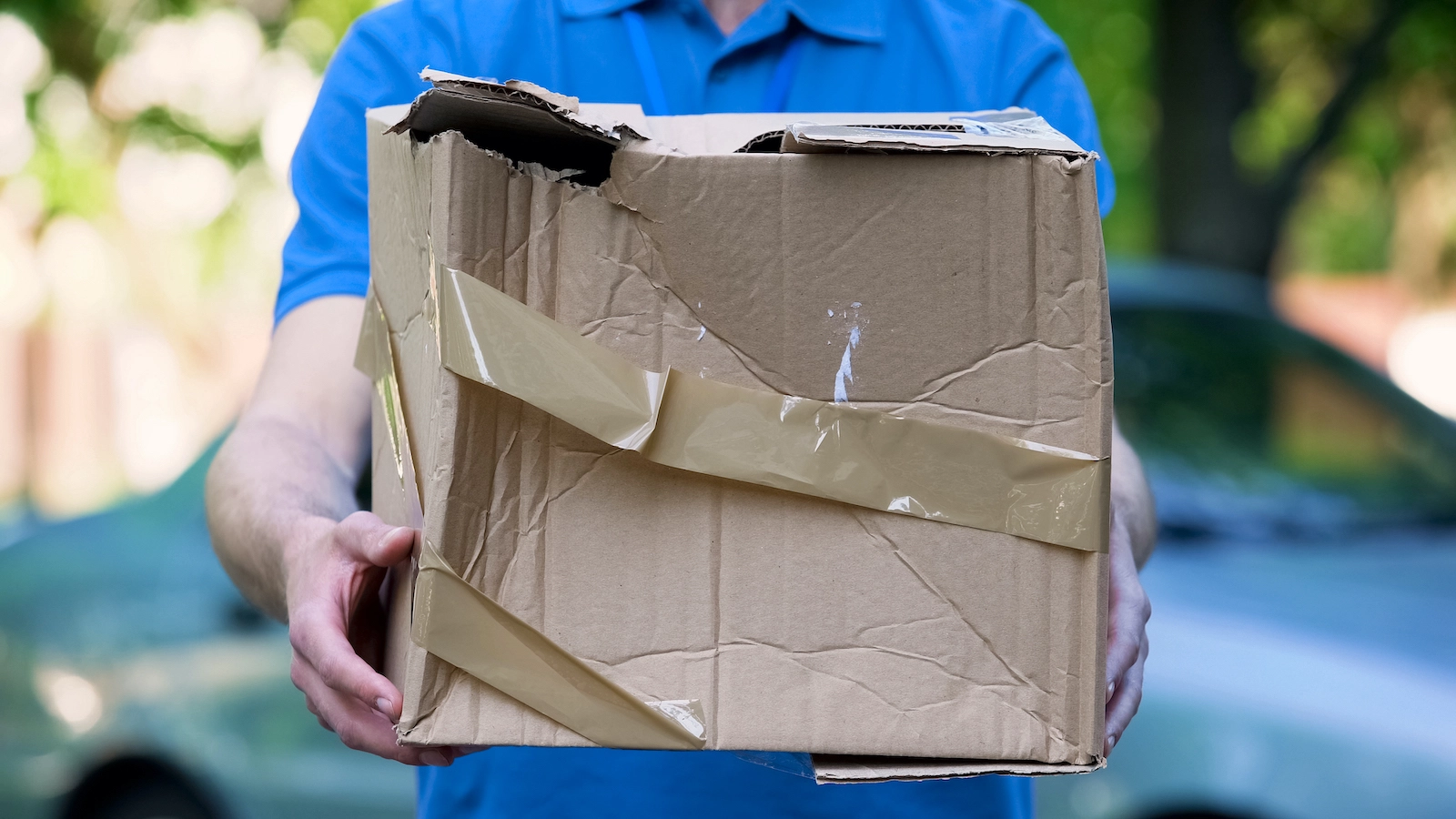These days, it’s easy to make a little extra money by selling things on the internet. You can even make your entire income selling things through the mail. But you need to package your items carefully to keep them from getting damaged in shipping, so your customers stay happy.
You’ll need to use a brand-new box for each shipment, and it should be the right size for your shipping contents. Fill the rest of the box with padding. Conduct impact testing to ensure that your products are properly packaged for shipping. Use the right refrigerants and insulation to keep perishable items cold. And make sure you label your boxes when they do contain fragile or perishable freight.

You Need a Brand-New Box for Each Shipment
Cardboard boxes used to ship items through the mail usually get weaker in the process. That’s why you shouldn’t reuse old cardboard boxes for shipping your items. They won’t have the structural strength that new boxes will have, so they’re more likely to crush or collapse under shocks and impacts. Always use new boxes and packaging materials for each of your shipments.
Boxes Shouldn’t Be Too Big or Too Small
Shipping damage is more likely to occur when items are packaged in a box that’s too large, wherein they have room to slide around and potentially bang up against each other. Snugly fitting boxes aren’t the answer, either – you still need room to put padding in around the items you’re shipping. Choose a box that leaves you about two inches of space to fill around your contents.
Fill the Empty Space in the Box with Padding
By filling the extra space in the box with padding, you can hold the package contents firmly in place and keep them from sliding around and potentially getting damaged. You can wrap fragile items in bubble wrap and fill the rest of the space in the box with packing peanuts. You can even place small fragile items inside a small box, wrapped with bubble wrap and nestled in packing peanuts, and then insert that box into a larger box with packing peanuts tucked in around all sides. Double-boxing is your best bet when it comes to shipping exceptionally fragile items.
If You Want to See How Your Shipments Are Holding Up, Conduct Impact Testing
Impact testing can help you get some idea of how your shipments hold up to real stressors, like impacts, falls, and vibrations. You can put an impact sensor inside a test package and send it through the mail to see what pressures and impacts it faces en route. The data you collect from your impact sensor, and the signs of damage on your boxes, will help you refine your packaging strategy.

Add Refrigerants and Insulation When Necessary to Keep Shipments Cold
Many delicate shipments are also perishable: live animals, fresh produce, baked goods, dairy, live plants and plant cuttings, frozen meat, and so on. When you’re shipping fresh and frozen perishable items, you need to include cold packs to keep them cold in transit. Frozen items should be packaged in a non-airtight crate with dry ice to keep them frozen. You can pack fresh foods and live plants with cold packs to keep them within the appropriate temperature range.
Some items will also need to be kept warm during shipping, especially during the winter months. For example, live plants may need hot packs during the winter to keep them from sustaining cold damage. Use styrofoam panels, thermal bubble wrap or thermal box liners to insulate boxes shipped with cold or hot packs.
Mark the Box for Special Handling
Whether you’re shipping live animals, perishable food items, or fragile consumer goods, it’s important to mark the box for special handling. For example, the United States Postal Service requires special handling labels for live animals like bees, scorpions, and baby birds. A special handling label lets the carrier know what they’re handling, so they can take the necessary care to get it to its destination in good condition. Sure, it’s possible that a handler might ignore the special handling label, but it’s still worth the extra second it takes to slap a “fragile” or “perishable” (or “live bees”) sticker on the outside of the box.
If you’re trying to make some money selling things on the internet, you need to make sure you’re packaging your shipments properly to keep them in good condition throughout shipping. Your customers will complain and buy from someone else if their shipments arrive damaged, so making sure they don’t will keep you in business for much longer.
